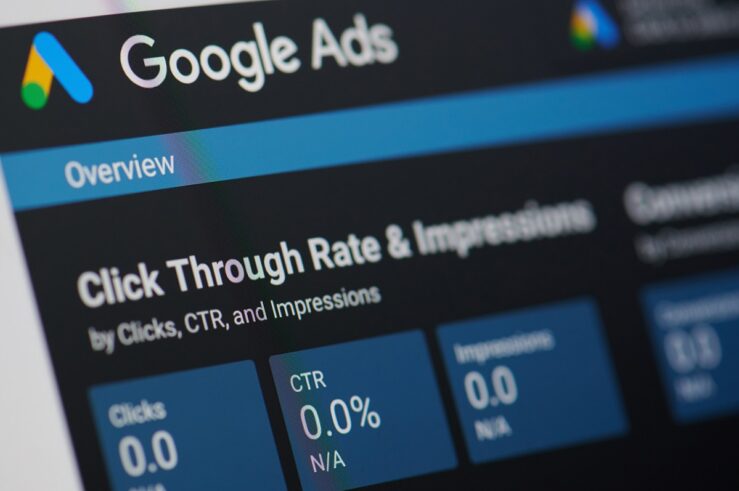Showing archive for: “DOJ”
Don Rosenberg: Navigating Antitrust in Tech – Insights from a Legal Veteran
You’ve been involved in antitrust issues at major tech companies for decades. How has the approach to antitrust changed over time, both from the company perspective and the regulatory side? The evolution has been significant. When I started at IBM in the 1970s, we were in the midst of a 13-year U.S. Justice Department (DOJ) ... Don Rosenberg: Navigating Antitrust in Tech – Insights from a Legal Veteran
Deregulatory Reform, Not Antitrust, Is Key to A Vibrant US Economy
The Biden administration has emphasized “antitrust on steroids” and intrusive regulation as key elements of its economic policy. This has been counterproductive. Federal enforcers should return to prior bipartisan, less-interventionist consumer-oriented antitrust. On a parallel track, the federal government should focus on deregulatory reform to drive a competitively vibrant, faster-growing American economy. Biden Antitrust Has ... Deregulatory Reform, Not Antitrust, Is Key to A Vibrant US Economy
Justice Department’s Google Adtech Antitrust Suit Does Not Add Up
The trial of the U.S. Justice Department’s (DOJ) “adtech” antitrust lawsuit against Google kicked off Sept. 9 in U.S. District Court in Alexandria, Virginia. In a nutshell, the DOJ (joined by 17 states) argues that Google illegally monopolized key digital-advertising technologies through a variety of anticompetitive tactics. But the DOJ will find it difficult to ... Justice Department’s Google Adtech Antitrust Suit Does Not Add Up
A Primer (and Some Questions) About the RealPage Antitrust Case
The U.S. Justice Department (DOJ) and several states filed suit late last month against the property-management software firm RealPage Inc. for its “unlawful scheme to decrease competition among landlords in apartment pricing and to monopolize the market for commercial revenue management software that landlords use to price apartments.” While this is not the first case ... A Primer (and Some Questions) About the RealPage Antitrust Case
Big Federal Antitrust Cases Heat Up
The U.S. Justice Department (DOJ) and the Federal Trade Commission (FTC) are advancing two major antitrust cases that will have significant implications for the American public. The DOJ, joined by eight states, announced Aug. 23 that it was suing RealPage Inc. for an “unlawful scheme to decrease competition among landlords in apartment pricing and to monopolize ... Big Federal Antitrust Cases Heat Up
Some Thoughts on the Google Decision, for Those Who Haven’t ‘Binged’ It Yet
Readers of Truth on the Market are no doubt aware of Judge Amit Mehta’s Aug. 5 decision in the Google search antitrust case—that is, his 286-page memorandum and order finding Google liable for violating Section 2 of the Sherman Act (specifically, illegal monopoly maintenance in two markets: general search services and general text advertising). Comments ... Some Thoughts on the Google Decision, for Those Who Haven’t ‘Binged’ It Yet
U.S. Antitrust Enforcers Should Reject AI Interventionism
The U.S. Justice Department (DOJ) and Federal Trade Commission (FTC), in tandem with their fellow competition-law enforcers from Europe (the European Commission) and the United Kingdom (the Competition and Markets Authority, or CMA), issued a joint statement July 23 titled “Joint Statement on Competition in Generative AI Foundation Models and AI Products.” This joint statement ... U.S. Antitrust Enforcers Should Reject AI Interventionism
FTC Alumni Response to FTC/DOJ RFI on Serial Acquisitions
As former antitrust enforcers and alumni of the Federal Trade Commission (FTC), we are pleased to submit these comments to the FTC and U.S. Justice Department’s (DOJ) Antitrust Division (DOJ) in response to your Request for Information on Corporate Consolidation Through Serial Acquisitions and Roll-Up Strategies (RFI). We have devoted significant portions of our careers ... FTC Alumni Response to FTC/DOJ RFI on Serial Acquisitions
Should the Federal Government Regulate Artificial Intelligence?
Artificial intelligence is in the public-policy spotlight. In October 2023, the Biden administration issued its Presidential Executive Order on AI, which directed federal agencies to cooperate in protecting the public from potential AI-related harms. President Joe Biden said in his March 2024 State of the Union Address that government enforcers will crack down on the ... Should the Federal Government Regulate Artificial Intelligence?
Live Nation Breakup: Are Mergers Really to Blame for Ticketmaster’s Problems?
The U.S. Justice Department (DOJ) announced yesterday that it has filed suit, along with 29 states and the District of Columbia, charging Live Nation Entertainment Inc. and its subsidiary Ticketmaster LLC with monopolizing the live-events industry in violation of Section 2 of the Sherman Act. The suit, filed in the U.S. District Court for the ... Live Nation Breakup: Are Mergers Really to Blame for Ticketmaster’s Problems?
Steeling to Block a Merger
In an April 17 address to United Steelworkers in Pittsburgh, President Joe Biden vowed that his administration would “thwart the acquisition of U.S. Steel by a Japanese company,” Nippon Steel, telling the assembled union members that U.S. Steel “has been an iconic American company for more than a century and it should remain totally American.” ... Steeling to Block a Merger
DOJ’s Case Against Apple: Beware of Forcing ‘Efficiencies’
The U.S. Justice Department’s (DOJ) recent complaint charging Apple with monopolizing smartphone markets is, according to Assistant U.S. Attorney General Jonathan Kanter, intended as a contribution to the agency’s “enduring legacy of taking on the biggest and toughest monopolies in history.” Unfortunately, the case has fundamental weaknesses in its assessment of both Apple’s alleged monopoly ... DOJ’s Case Against Apple: Beware of Forcing ‘Efficiencies’
















